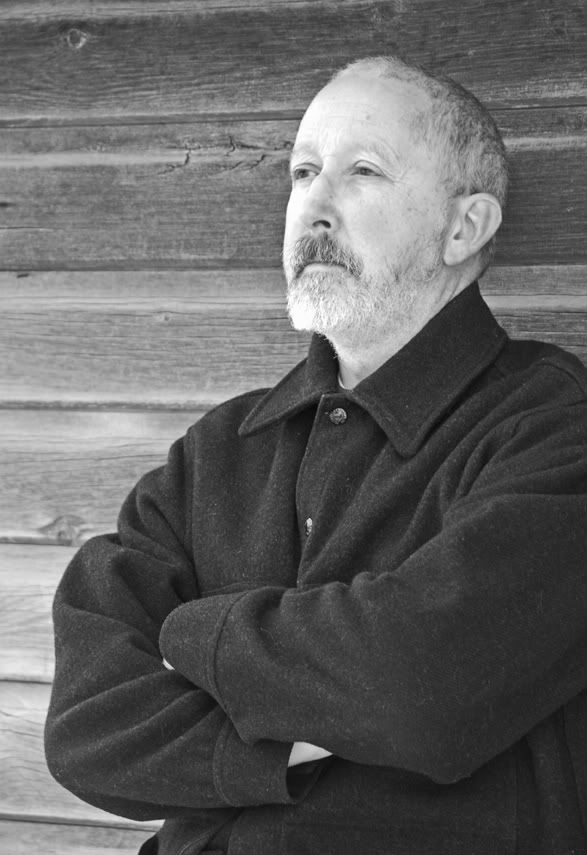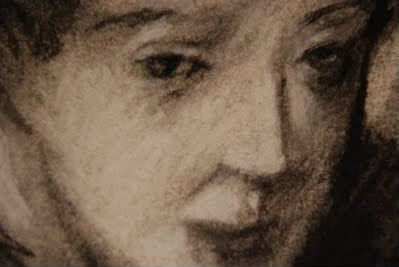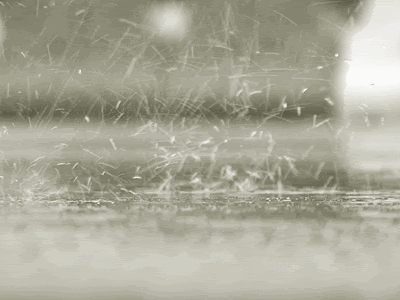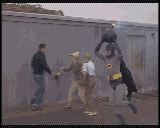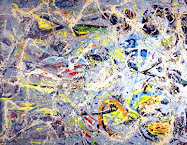
The Sunshine Award has cast light into my studio and my blog. Mary Anne Cary sent the award, and I want to thank her again.
Alyson Stanfield, my favorite Art Biz Coach, posted about the Geography of being a local artist, and at the same time I had the urge to illuminate my local blog dogs in a new post. I have decided to give the Sunshine away to the bloggers from Washington State. Some I know in real life, and others just online. I am supposed to recognize twelve, but I couldn't stop there.
If you want to participate, see the outline at Mary Anne's blog.
- Sheila M. Evans
- David Patterson
- Angela Wales Rockett
- Katherine van Schoonhoven
- Rachel Maxi
- Jennifer Phillips
- Miki Willa
- John W. Stinson
- Garth Perfidian
- Gabriel Campanario (Seattle Sketcher)
- Donna Watson
- Susan Ogilvie
- Jennifer Evenhus
- Kathleen Cavender
- Lisa McShane
- Barbara Benedetti Newton
- Jason Waskey
Sorry if I forgot someone. Feel free to send me a comment and I will try to make amends as I do like to link to Washington artists.







